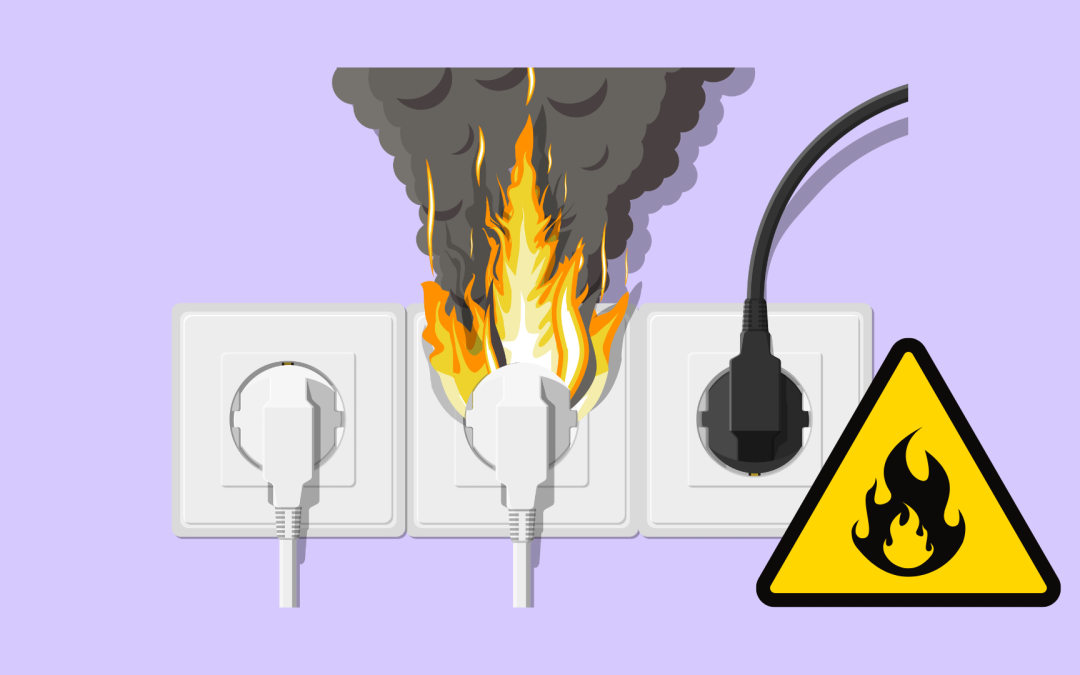The Invisible Danger: Why Safe Electrical Wiring Matters
Electrical wiring, often hidden within the walls and ceilings of our homes, might seem inconspicuous. However, its safety is paramount for a secure and comfortable living environment. Faulty or inadequate electrical wiring can have serious consequences, ranging from minor inconveniences like flickering lights to devastating fires and severe electrical shocks.
Why Safe Electrical Wiring is Crucial:
Fire Hazards:
Electrical fires can originate from various sources within a home’s electrical system. Overloading circuits by plugging too many appliances into a single outlet can cause excessive current draw, leading to overheating and potentially igniting nearby materials. Faulty wiring, including damaged insulation, loose connections, and outdated wiring, can create sparks or generate excessive heat, increasing the risk of fire. Short circuits, which occur when an unexpected connection forms between two electrical conductors, can cause a sudden surge of current, generating intense heat and potentially igniting combustible materials.
Electrical Shocks:
Electrical current can interfere with nerve impulses, leading to involuntary muscle contractions (tetany) and potentially causing the victim to “freeze” to the electrical source. It can disrupt the heart’s rhythm, leading to fibrillation or cardiac arrest, and interfere with nerves controlling breathing, causing respiratory arrest. The passage of electrical current through the body generates heat, causing internal burns along the current’s pathway.
The severity of an electrical shock depends on several factors: voltage, current, the path of the current through the body, and the duration of exposure. Higher voltages generally increase the severity of the shock. The amount of current flowing through the body is a critical factor. The path the current takes through the body significantly influences the impact; for example, currents passing through the heart are more dangerous than those passing through extremities. Prolonged exposure increases the severity of the shock.
Property Damage:
Electrical fires can cause extensive damage to homes, impacting both the structure and personal belongings. The intense heat generated by the fire can weaken structural elements like beams, walls, and foundations, potentially compromising the building’s integrity. Smoke and soot can permeate throughout the home, discoloring surfaces, damaging insulation, and leaving behind lingering odors. Furthermore, the fire itself, along with the water used to extinguish it, can destroy personal belongings, including furniture, electronics, clothing, and irreplaceable sentimental item
Ensuring Electrical Safety:
Ensuring electrical safety requires a proactive approach. Regular inspections by a qualified electrician are crucial to identify and address potential hazards like faulty wiring, loose connections, and overloaded circuits before they can cause problems. All electrical work, including new installations, repairs, and upgrades, should be performed by a licensed electrician to ensure adherence to safety codes and best practices. To prevent overloading circuits, avoid plugging too many appliances into a single outlet. If using power strips, opt for surge-protected models and avoid “daisy-chaining” multiple strips together. Regularly inspect and replace damaged outlets and switches promptly to prevent further deterioration. Finally, always exercise caution around water and electricity, ensuring that electrical appliances are kept away from moisture to prevent the risk of electrical shock.
By prioritizing electrical safety, you can significantly enhance the well-being of your family, safeguard your home from potential damage, and cultivate greater peace of mind. Remember, when dealing with electricity, it’s always best to err on the side of caution. If you have any concerns or suspect potential electrical issues, consult with a qualified electrician to ensure the safety and proper functioning of your electrical system.

